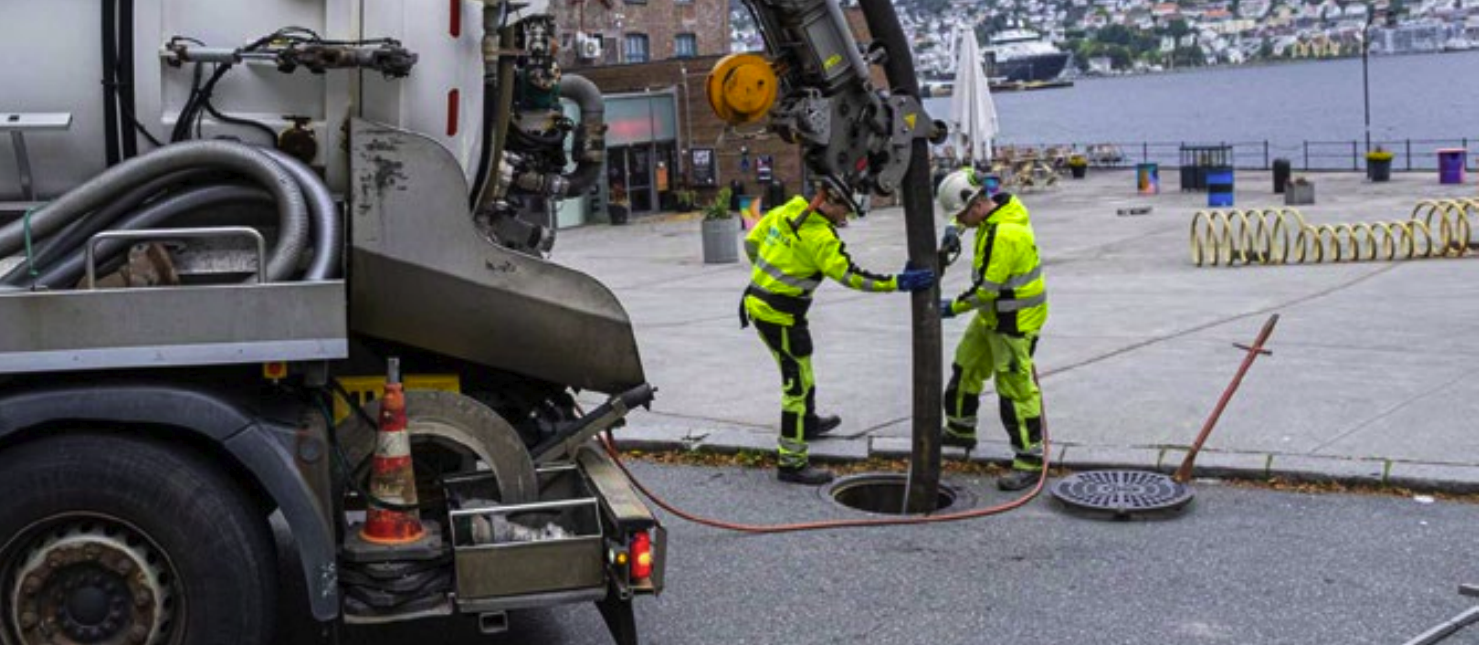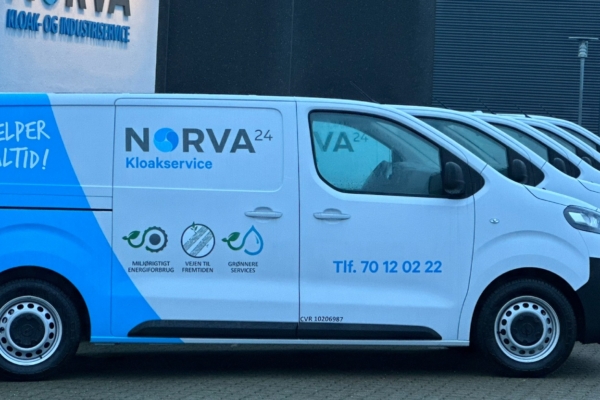Less Pollution in Fjords with Frequent Emptying of Sand Traps
Norva24 is currently running a project in cooperation with the Bergen municipality in Norway that other cities and municipali- ties should take note of. The systematic follow-up and emptying of sand traps result in less pollution entering the adjacent fjords. Preliminary results show that most sand traps are too full to give the desired effect, and that 30% are completely full resulting in no effect.
The project that Norva24 is running in cooperation with Bergen municipality is a part to the bigger project “Clean Water Bergen” that has been running for many years.
The city is a source of pollution to the adjacent fjords, often due to excess wastewater overflows. Several cities in Norway have done large projects to clean the pollution from the city that ends up as sediments at the bottom of the adjacent fjords. Subsequent measurements have shown that the large and expensive pro- jects have good effects. The next question is then how to keep the fords clean by preventing new pollution in the future.
Sand traps play a keen role in preventing and slowing water carried particles such as sand, heavy metals, micro plastics and organic waste entering the wastewater systems and ending up the fjords. If the sand traps are frequently emptied and maintained, and the trapped sand disposed at correct treatment plants, they also function as treatment plants preventing pollutants reaching the fjord.
In Bergen alone there are over 15.000 sand traps owned by the municipality in addition to all privately owned installations. To function optimally, a sand trap should be emptied at around 60% full, giving a cushion of water to trap sand and other pollutants to be trapped and not flushed into the wastewater system. How fast a sand trap is filled varies largely based on local conditions and the size of the sand trap.
The new project includes recorded data points on location, time of emptying and the sand level at the time of emptying. Over time, this will create an extensive database over all the sand traps, and how
often they need to be emptied. Traditionally these types of contracts only require emptying within a certain time.
Preliminary measurements in Bergen show that 2/3 of all tested sand traps were above the recommended level, and around 1/3 was completely full giving no effect in preventing sand and pollutants from entering the wastewater system and ending up in the fjords. The detailed measurements and mapping have shown that the frequency of emptying need to be increased for the sand traps to function optimally. The measurement of sand levels before emptying only takes a couple of minutes but gives valuable information for the planning of the next emptying and surveying of the system as a whole.
Empty sand traps is a good insurance against floodings, keep sand and other pollutants out of the fjords and decrease the overall strain on the underground infrastructure. Emptying sand traps is a core service provided by all Norva24 group companies.



